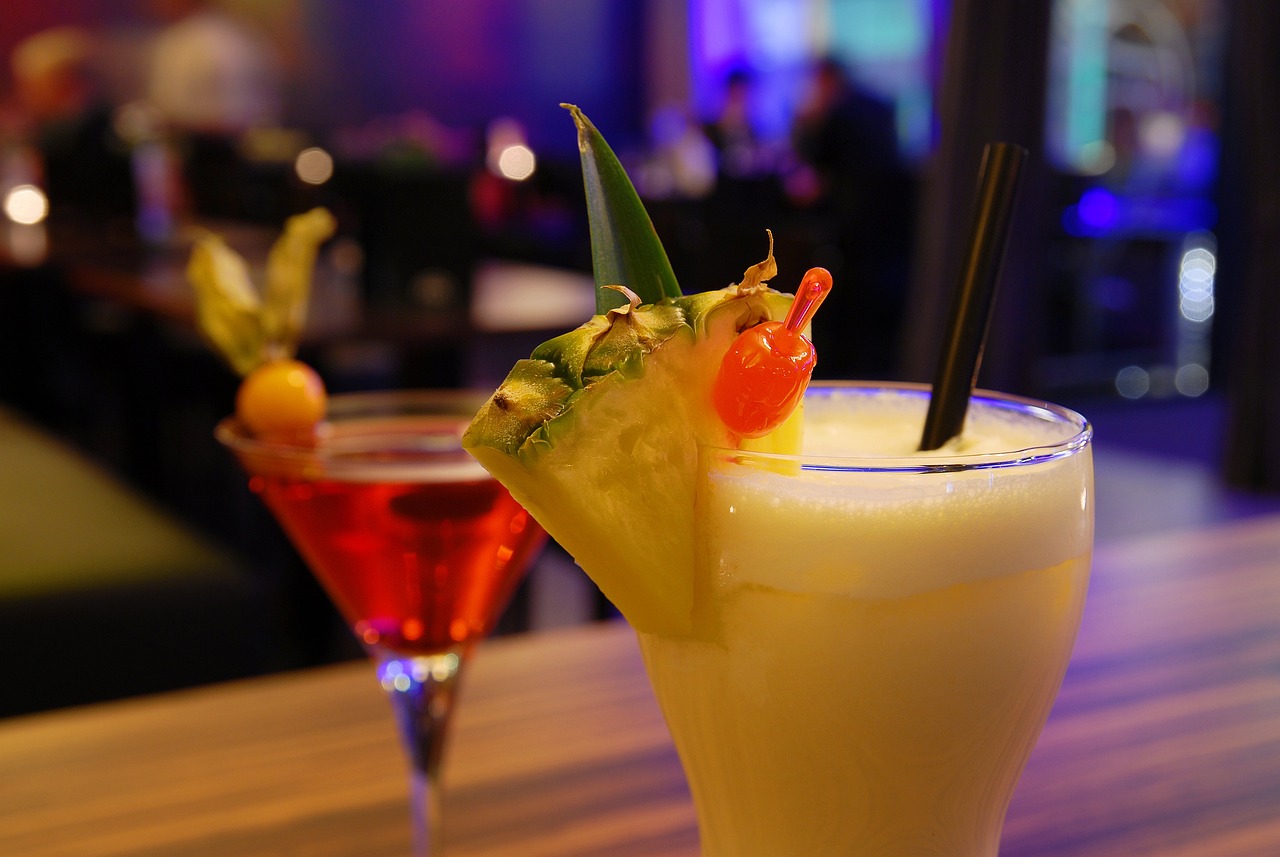
Quarterly Business Reviews (QBRs) and Their Value for Your Business (with SMART Examples)
What Is a Quarterly Business Review (QBR) & Why Does Your Business Need One? Running a business is demanding. As a business owner or founder,
In the dynamic realm of restaurant food and beverage (F&B), the only constant is change, especially when it comes to alcohol trends. While customer preferences have significantly shifted in recent years, many restaurant bar programs remain static, missing out on the opportunity to engage a broader audience and enhance sales. Current data and emerging trends highlight a clear message: it’s time for bar programs to evolve.
Given these alcohol trends, consider some of the following options to ensure your bar program keeps pace:

Today’s consumers are more health-conscious than ever, seeking options that align with their lifestyle without compromising on taste. A Nielsen survey revealed that 66% of millennials are reducing their sugar intake, prompting a surge in demand for lower-sugar and allergen-friendly beverages. Establishments like Seedlip, the world’s first non-alcoholic distillery, are capitalizing on this trend by offering sophisticated, zero-proof spirits that cater to health-conscious consumers, showing the potential for growth in this segment.
Parallel to the health-conscious trend is the rise of mocktails and non-alcoholic beverages. The IWSR reports that the non-alcoholic segment is expected to grow by 31% by 2024. Forward-thinking event companies like Listen Bar in New York City, a booze-free bar, are redefining nightlife with their innovative mocktail menu, proving that non-alcoholic beverages can be just as complex and enjoyable as their alcoholic counterparts.
The low and no-alcohol products currently account for a 3.5% share in the volume of the market (and growing as noted above) but create a permissibility of visiting your establishment when the sober or health-conscious guest is a critical factor in deciding where to go.
Not every spirits devotee is ready to commit to non-alcoholic. Bar programs are beginning to lean into the “reverse cocktail,” which shifts the ratio of spirit to modifier to get complexity, body, and similar flavors but lower alcohol content. Note that this doesn’t always lower ABV. If you’re looking for ideas, check out these seven reverse cocktails, which flip the script from The Alcohol Professor.
Innovation in ingredients is another area where consumer preferences are outpacing bar menus. Fermented mixes, coffee, flavored bitters, and coconut water are being used to create unique cocktails that intrigue and delight. Apóla Greek Grill has embraced this trend by incorporating Greek yogurt into their cocktails, offering a refreshing and unexpected twist that has been well-received by their patrons.
One of the most groundbreaking shifts in consumer preference is the growing interest in cannabis and psychedelic-infused beverages. According to the Distilled Spirits Council of the United States, sales in the cannabis-infused beverage market are expected to grow by 37.5% by 2025. This burgeoning trend offers a unique experience, blending the social aspect of drinking with the nuanced effects of cannabis and psychedelics. Bars like The Herbal Chef in California are leading the charge, offering a menu of CBD and THC-infused cocktails that cater to this modern palate, demonstrating a successful integration of this trend into their bar program.

As the restaurant and F&B landscape continues to evolve, so do the opportunities to innovate and adapt your bar program to meet your clientele’s changing tastes and preferences. Beyond the exciting realms of cannabis-infused beverages, health-conscious options, mocktails, and innovative ingredients, there are other burgeoning trends that warrant attention.
As we look towards the future, it’s clear that the world of restaurant F&B will continue to be driven by innovation, quality, and inclusivity. Whether you’re a restaurateur looking to revamp your beverage program or a diner eager to explore new flavors, these trends offer a glimpse into the exciting developments in the world of drinks. By exploring these trends and incorporating them into your bar program, you can create a dynamic and inviting atmosphere that not only attracts customers but also sets your establishment apart in the competitive restaurant industry.
The evolving landscape of alcohol trends presents a golden opportunity for restaurant owners and bar managers to re-evaluate their bar programs. By embracing cannabis and psychedelic-infused drinks, health-conscious options, the rise of mocktails, and the use of innovative ingredients, establishments can attract a wider audience, increase engagement, and boost sales. These examples demonstrate the success that can be achieved by aligning bar programs with current consumer preferences. It’s a clear call to action for those in the F&B industry to adapt, innovate, and elevate their offerings to meet the modern consumer’s demands.
Consult to Grow® always wants our clients to prioritize sales generation while strategically managing costs to maximize profit. We provide strategic advice to restaurant owners, founders, and operators to level up restaurant businesses. Ready to get started?

What Is a Quarterly Business Review (QBR) & Why Does Your Business Need One? Running a business is demanding. As a business owner or founder,

Owning multiple locations is often the most exciting milestone for a restaurant or retail owner, but it also comes with unique challenges. This post is

Is the weight of leadership or ownership pressing down on you? Do you wake up each day drained, overwhelmed, and uninspired? Maybe you are struggling